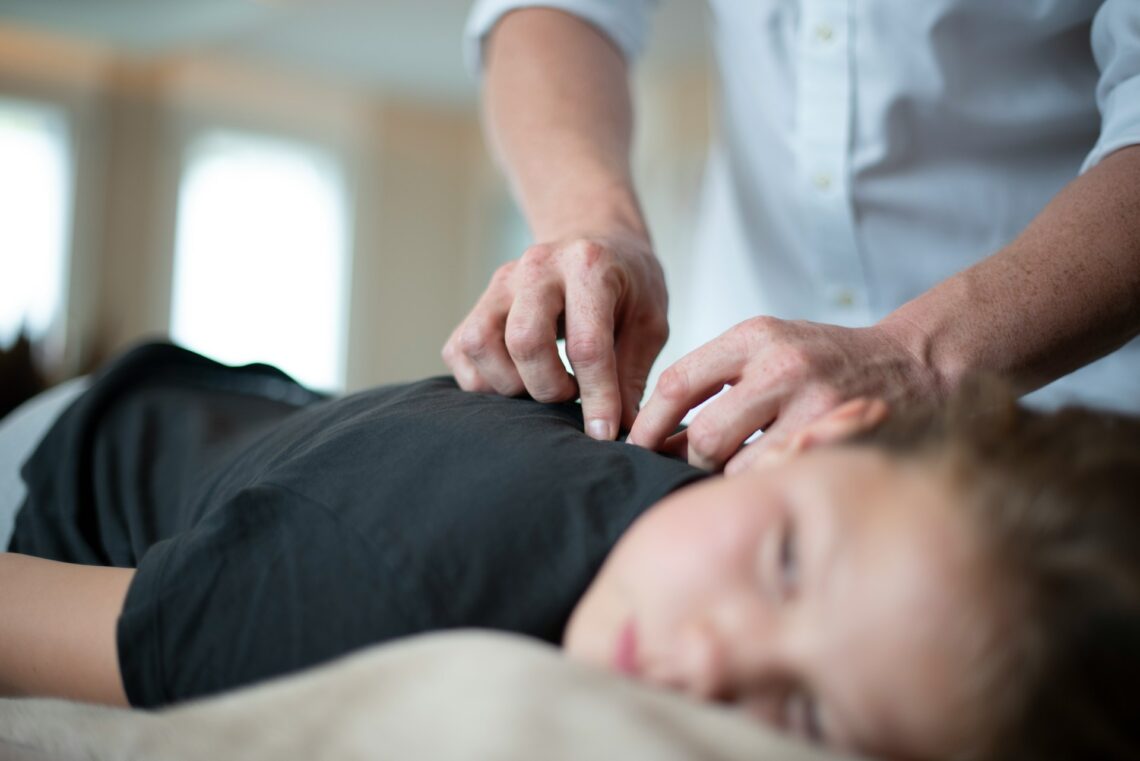For aspiring massage therapists, developing expertise requires much more than just head knowledge. While theoretical understanding plays a key role, the ability to translate lessons into real-world application forms the backbone of a successful career in massage therapy. This is where hands-on learning and practical training become invaluable.
This article explores why hands-on practice is crucial in massage education, how it deepens skills, and tips for making the most of your training. If you’re considering a career in massage therapy, you’ll also discover how to seek out programs that take practical learning seriously.
Why Theory Alone Isn’t Enough
Massage therapy is a tactile field requiring a deep understanding of anatomy, pressure techniques, and client needs. Reading textbooks or watching demonstrations might provide essential theoretical knowledge, but applying that knowledge in a hands-on setting is what builds true skill.
Imagine trying to learn how to play the piano by reading a book on music theory. While theoretical insights can provide a foundation, mastering the instrument requires practice, precision, and feedback. Similarly, massage therapy relies heavily on muscle memory, spatial awareness, and touch sensitivity, all of which can only be cultivated through practical training.
The Benefits of Hands-On Practice
1. Bridge the Gap Between Knowledge and Application
Massage education programs often include courses in anatomy, physiology, and pathology. But understanding how to locate and treat certain trigger points, relieve muscle tension, or apply proper pressure demands real-world experience. Hands-on learning allows students to take those theoretical lessons and apply them to actual scenarios, preparing them for success in the workplace.
2. Improve Technique and Build Confidence
One of the biggest advantages of hands-on practice is its ability to refine technical skills. For example:
- Pressure Control: Knowing the right amount of pressure isn’t intuitive. It requires practice to perfect.
- Body Mechanics: Therapists must also learn how to use proper posture and leverage their body weight to avoid fatigue or injury.
- Client Communication: Working with live clients helps therapists practice asking questions, responding to feedback, and creating a welcoming environment.
Each session of practice builds confidence, making graduates better equipped to step into professional clinics or even run their own businesses.
3. Develop Muscle Memory for Massage Skills
Massage therapy isn’t just something therapists know how to do; it’s something their hands remember how to do intuitively. This is what makes muscle memory essential. Repeated practice during a training period allows therapists to internalize techniques until they become second nature.
Components of Effective Massage Training Programs
Not all massage training programs are created equally. Here are some key elements to look for in programs that prioritize practical learning:
1. On-Campus Clinics
Programs that offer on-campus practice clinics provide students with real-world experiences in controlled settings. This allows trainees to work with actual clients while being supervised by licensed professionals. It’s an excellent way to receive instant feedback and learn from mistakes in a supportive environment.
2. Adequate Practice Hours
Look for programs that dedicate plenty of hours to hands-on learning. Ideally, these hours should cover tasks such as:
- Practicing Swedish, deep tissue, and sports massage techniques
- Addressing diverse client issues such as back pain or stiff shoulders
- Understanding the flow of an entire massage session, from intake to feedback
3. Expert Guidance
Mentorship plays a critical role in learning massage. Programs taught by experts give students access to knowledge that goes beyond theory, helping them grow technically and professionally.
Real-Life Success Stories
Consider Jessica, who completed a massage therapy certification last year. When choosing her program, she prioritized finding one that emphasized practical training alongside classroom lessons. During her training, Jessica accumulated over 100 hours of hands-on practice at her school’s clinic, working with real clients.
Today, Jessica is a licensed massage therapist thriving in her career. Reflecting on her training, she says, “Those supervised practice sessions were instrumental in building my confidence. By the time I graduated, I felt ready to work with any client, whether they needed a gentle relaxation massage or targeted deep tissue work.”
Tips for Making the Most of Practical Training
Once enrolled in a program with a strong emphasis on hands-on learning, here are some suggestions to maximize your growth:
1. Treat Every Practice Session as Real
Approach each practice client as if they’re a paying customer. This mindset will help you develop professionalism and prepare you for work at a high level.
2. Ask for Feedback
Don’t hesitate to ask your instructors or practice clients how you’re doing. Feedback is essential for identifying blind spots and leveling up your massage skills.
3. Focus on Variety
Expose yourself to as many different massage techniques and modalities as possible. Cultivating versatility is crucial in meeting clients’ diverse needs.
Why Hands-On Learning is the Key to Industry Success
The importance of practical training in massage therapy cannot be overstated. It bridges the gap between book knowledge and technical application, develops intuitive massage skills, and ensures graduates are prepared to deliver exceptional care.
If you’re ready to explore a massage therapy program that prioritizes hands-on learning, click here to learn about training options designed for your success. Remember, the right training isn’t just about earning certifications; it’s about gaining the skills and confidence to thrive in your future career.







